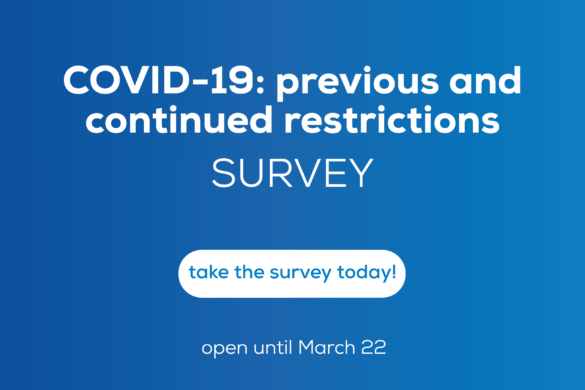Case series/case reports (Indigo)
As part of postauthorization safety surveillance, the US FDA has identified a potential safety concern for Guillain-Barré syndrome (GBS) following receipt of the Ad26.COV2.S (Janssen/Johnson & Johnson) COVID-19 vaccine. The objective of this study was to assess reports of GBS received in the Vaccine Adverse Event Reporting System (VAERS) following Ad26.COV2.S vaccination. Reports of presumptive GBS were identified in a US passive reporting system (VAERS) February-July 2021 and characterized, including demographics, clinical characteristics, and relevant medical history. The Presumptive GBS reporting rate was analyzed, including calculation of the observed to expected ratio based on background rates and vaccine administration data. Because of limited availability of medical records, cases were not assessed according to the Brighton Collaboration criteria for GBS. As of July 24, 2021, 130 reports of presumptive GBS were identified in VAERS following Ad26.COV2.S vaccination (median age, 56 years; IQR, 45-62 years; 111 individuals [86.0%] were < 65 years; 77 men [59.7%]). The median time to onset of GBS following vaccination was 13 days (IQR, 10-18 days), with 105 cases (81.4%) beginning within 21 days and 123 (95.3%) within 42 days. One hundred twenty-one reports (93.1%) were serious, including 1 death. With approximately 13 209 858 doses of vaccine administered to adults in the US, the estimated crude reporting rate was 1 case of GBS per 100 000 doses administered. The overall estimated observed to expected rate ratio was 4.18 (95% CI, 3.47-4.98) for the 42-day window, and in the worst-case scenario analysis for adults 18 years or older, corresponded to an estimated absolute rate increase of 6.36 per 100 000 person-years (based on a rate of approximately 8.36 cases per 100 000 person-years [123 cases per 1 472 162 person-years] compared with a background rate of approximately 2 cases per 100 000 person-years). For both risk windows, the observed to expected rate ratio was elevated in all age groups except individuals aged 18 through 29 years. The authors concluded that these findings suggest a potential small but statistically significant safety concern for Guillain-Barré syndrome following receipt of the Ad26.COV2.S vaccine. However, the findings are subject to the limitations of passive reporting systems and presumptive case definition, and they must be considered preliminary pending analysis of medical records to establish a definitive diagnosis.
Woo EJ, Mba-Jonas A, Dimova RB, Alimchandani M, Zinderman CE, Nair N. Association of Receipt of the Ad26.COV2.S COVID-19 Vaccine With Presumptive Guillain-Barré Syndrome, February-July 2021. JAMA. Published online October 07, 2021. doi:10.1001/jama.2021.16496.









